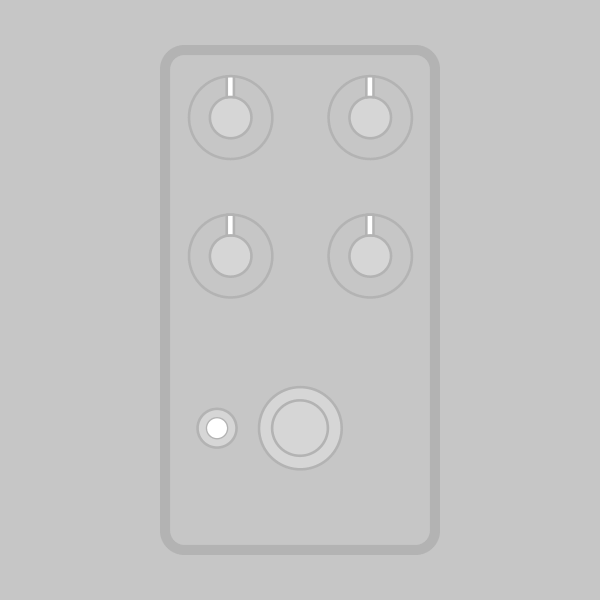
The Ibex Silicon Fuzz is based on the AF-100 Bee Baa, Roland’s first fuzz pedal from 1972, the same year they were established as a company.
The “Bee Baa” name presumably comes from the two tone settings: a mid-scooped buzz that sounds like a swarm of bees, and a softer-edged tone that might evoke sheep, though you may need the help of some of the fashionable hallucinogenics of the decade in order to get there.
There were a lot of Japanese products in the 1970s that had poorly-chosen English names, but the Bee Baa stands tall as one of the worst. Along with along with “Funny Cat” and Bee Gee, this likely contributed to Roland’s failure to get a foothold in the United States during their first couple of years.
Regardless, the Bee Baa is a classic fuzz, and original units command high prices today. In addition to the searing fuzz tones, it also has a treble-emphasized boost mode with its own volume control, so it can be used as a two-channel effect. The boost mode is capable of some grit, but is nowhere near a dirty treble booster like the Rangemaster.
The Ibex is a direct clone of the Bee Baa, shrunk down to fit in a 125B enclosure but including a secondary footswitch to toggle between boost and fuzz modes. The Tone Select footswitch has been changed to a toggle since it’s not a good application of a footswitch, but otherwise everything is exactly as it is in the original unit. An internal midrange trimmer has also been added to dial back the mid scoop.